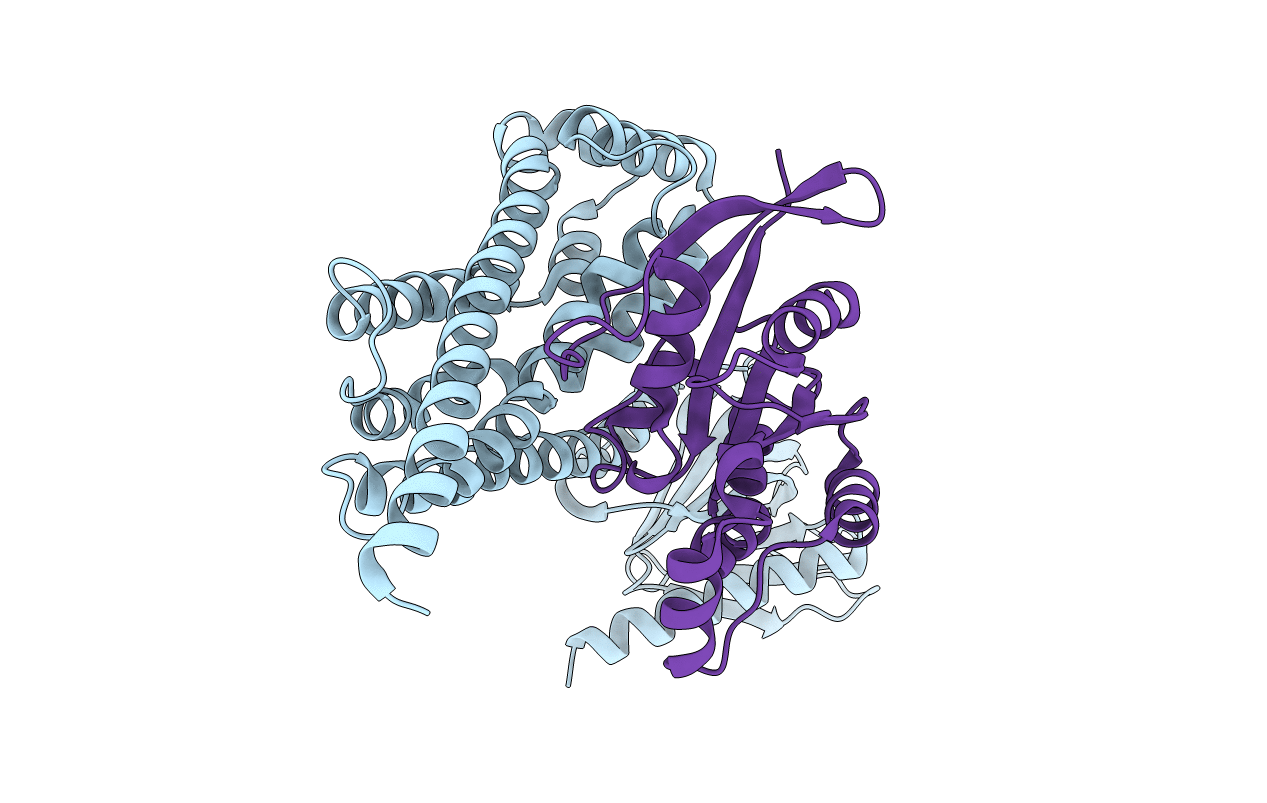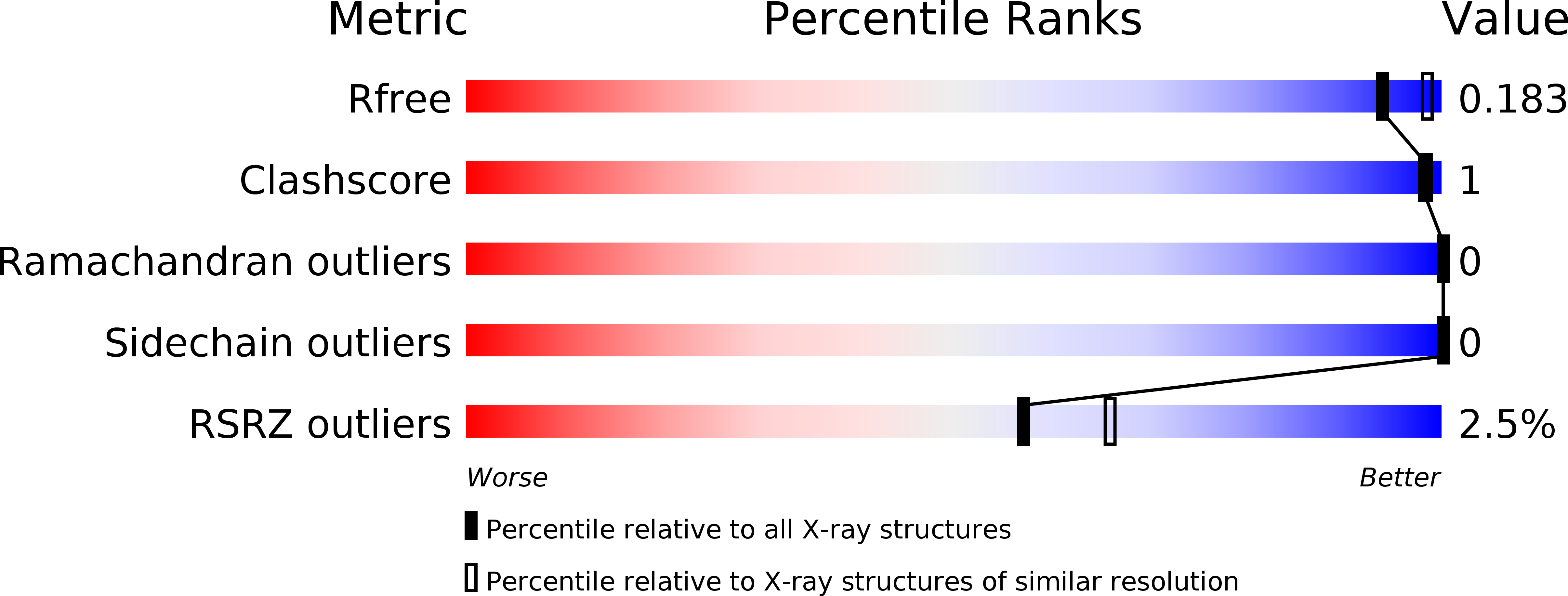
Deposition Date
2015-03-11
Release Date
2015-07-01
Last Version Date
2023-09-27
Method Details:
Experimental Method:
Resolution:
1.95 Å
R-Value Free:
0.18
R-Value Work:
0.16
R-Value Observed:
0.16
Space Group:
C 2 2 21


